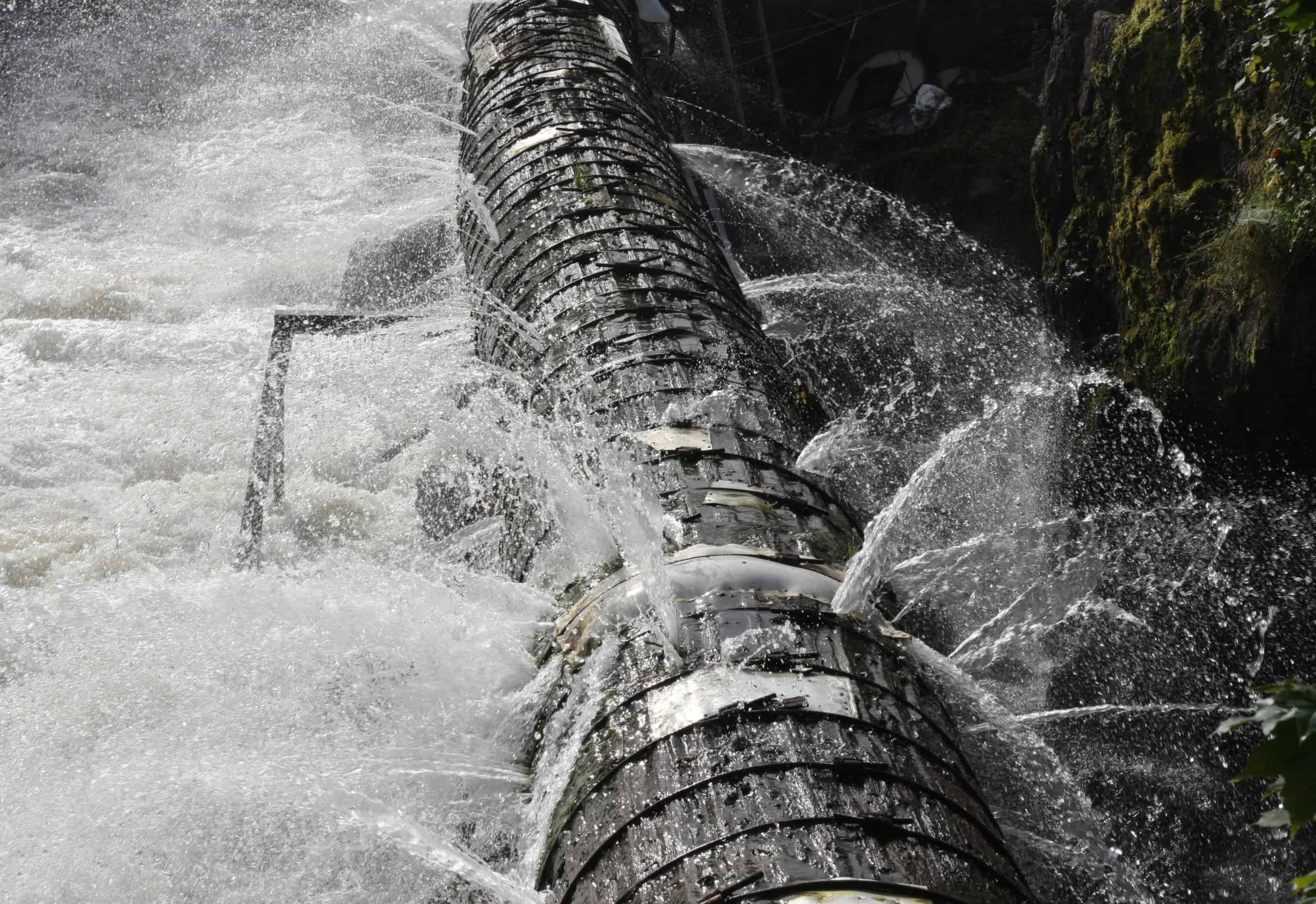Avoiding Ruptured Pipeline: Important Tips to Protect Your Pipes
Protecting against ruptured pipes is a critical issue for property owners, especially during colder months when the threat of cold is heightened. Carrying out strategic procedures such as correct insulation, regular inspections, and preserving consistent interior temperature levels can significantly minimize the chance of pipe failure.
Understand Pipe Vulnerabilities
Understanding pipeline vulnerabilities is necessary for efficient plumbing upkeep and avoiding pricey damages. Several factors add to the susceptibility of pipelines to bursts, consisting of material make-up, age, and environmental problems. Older pipes, especially those made from galvanized steel or polybutylene, commonly break down in time, leading to enhanced threat of leaks and ruptures.
Temperature variations can additionally substantially impact pipe integrity. In cooler climates, water trapped in pipelines can freeze, expanding and putting in pressure on the pipeline wall surfaces, which might ultimately cause a burst. High water stress can stress pipelines, particularly at bends and joints, enhancing the probability of failing.

Insulate Pipes Properly
Appropriate insulation of pipelines is crucial for avoiding freezing and succeeding ruptureds throughout cool weather (burst pipe). Insulating your plumbing system efficiently safeguards against temperature level drops that can cause costly damage. Begin by recognizing susceptible areas where pipes are exposed to outdoor temperatures, such as cellars, attic rooms, and outside wall surfaces
Usage foam pipeline insulation sleeves or cover insulation tape around these areas to give a protective barrier. Ensure that all areas of the pipes, especially those with limited warmth exposure, receive adequate insulation. Pay special interest to fittings and joints, as these are more susceptible to freezing.
When shielding, it's important to choose products that satisfy regional building ordinance and are ideal for the details environment. Fiberglass insulation is often advised for its thermal resistance buildings. Furthermore, think about using warm wires or tape in severe problems, which can be plugged in to provide supplemental warmth
Regularly check protected pipes for any indicators of wear or damages, as compromised insulation can diminish its performance. By taking these aggressive actions, you significantly minimize the risk of pipe ruptureds, making certain a trusted plumbing system throughout the winter season.
Maintain Regular Temperature
A steady indoor temperature is essential for preventing burst pipes during the frigid months. When temperatures decrease, water within pipelines can freeze, developing and broadening pressure that may eventually cause the pipes to burst.Utilizing a programmable thermostat can assist manage indoor temperatures properly, guaranteeing that rooms with pipes stay cozy also when the residence is unoccupied.
This minor circulation of water can stop freezing by minimizing stress within the pipes. By implementing these techniques, house owners can dramatically decrease the danger of pipe bursts and guard their plumbing systems against the rough winter elements.
On A Regular Basis Examine Plumbing
Routine examinations of pipes systems are vital for preventing ruptured my website pipelines and keeping overall home integrity. Routine checks enable property owners to determine possible issues prior to they escalate right into pricey fixings or major water damage. Throughout these evaluations, it is necessary to take a look at visible pipes for indicators of corrosion, leakages, or put on. Pay unique focus to areas vulnerable to cold, such as cellars, attic rooms, and outside wall surfaces.
Additionally, checking links and joints is crucial, as these points are usually prone to leakages. House owners need to also assess water pressure degrees, as excessive pressure can strain the pipes system and boost the risk of pipeline ruptureds.
Take into consideration scheduling specialist plumbing examinations at the very least when a year, especially before winter season, to guarantee your system is prepared for chillier temperature levels. By being Clicking Here proactive in your method, you can guard your home against the turbulent and expensive effects of ruptured pipes.
Know Emergency Treatments
Recognizing emergency situation procedures is crucial for every home owner, particularly after performing normal plumbing inspections. Being planned for a pipes emergency can considerably mitigate damages and save prices. Find your main water shut-off shutoff; it is typically located near the water meter or where the major line enters your home. Acquaint yourself with its procedure, as closing off the water supply promptly can protect against considerable flooding.
Following, maintain crucial tools handy. A pipes emergency situation kit should include a wrench, bettor, and towels, as well as a flashlight and a container for tiny leaks. Furthermore, think about having the call details for a trusted plumbing professional conveniently available, should the situation escalate past your control.
If you spot a leakage or ruptured pipe, right away shut off the water and alert your plumber. Document the damage with photos for insurance functions. Understand the indications of potential pipes problems, such as unusual water pressure variations or damp areas on wall surfaces
Ultimately, positive knowledge and quick action are critical in handling plumbing emergencies, ensuring your home stays safeguarded and decreasing possible damages.

Conclusion
In final thought, stopping burst pipes necessitates a multifaceted method that consists of understanding pipe susceptabilities, appropriate insulation, maintaining consistent interior temperatures, routine examinations, and knowledge of emergency treatments. By implementing these essential techniques, the danger of plumbing failures can be considerably lowered, thus making sure the long life and efficiency of the plumbing system. Aggressive actions not only guard against possible damage however likewise contribute to overall water preservation and the security of building.
In colder climates, water caught in pipes can ice up, increasing and applying pressure on the pipeline wall surfaces, which may eventually lead to a ruptured. When temperature levels drop, water within pipes can ice up, increasing and creating stress that might ultimately cause the pipes to burst. By executing these techniques, homeowners can significantly decrease the danger of pipeline bursts and guard their pipes systems versus the rough winter components.

Comments on “What to Do When a Burst Pipe Causes Water Damage in Your Home”